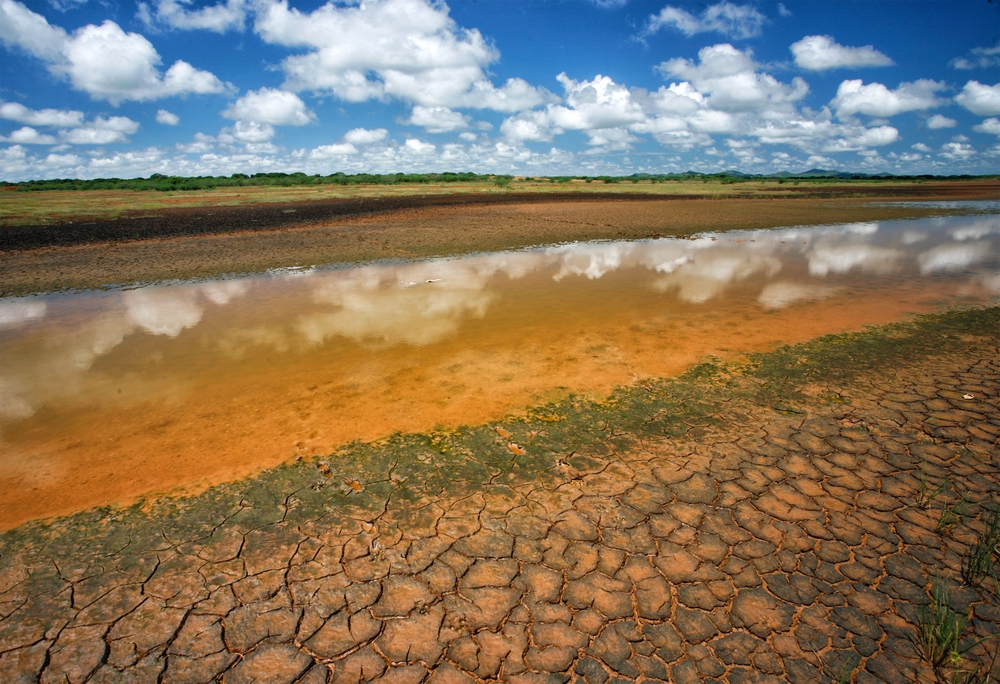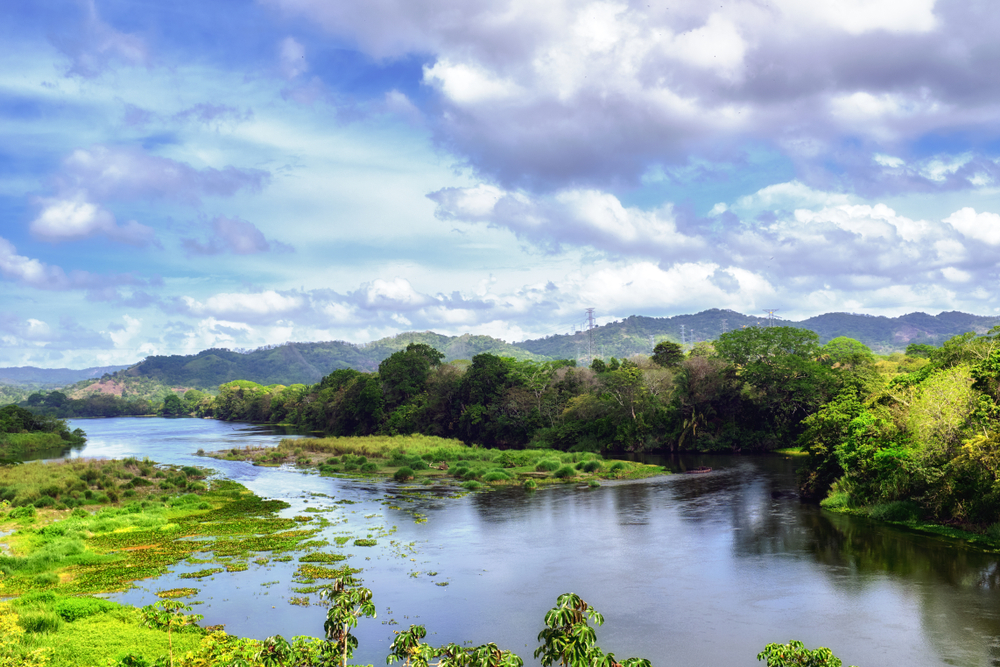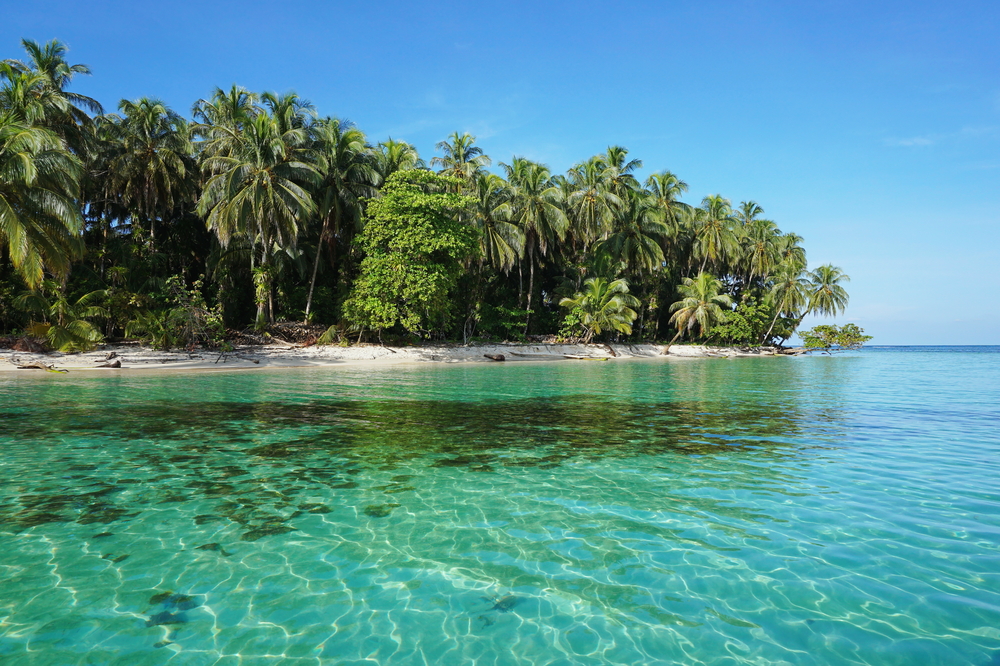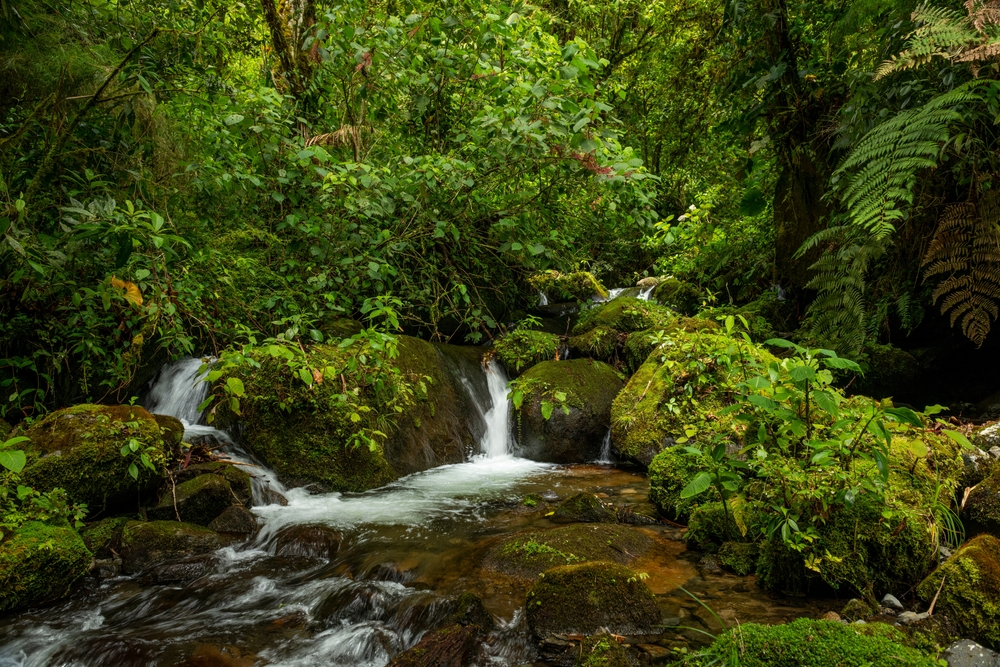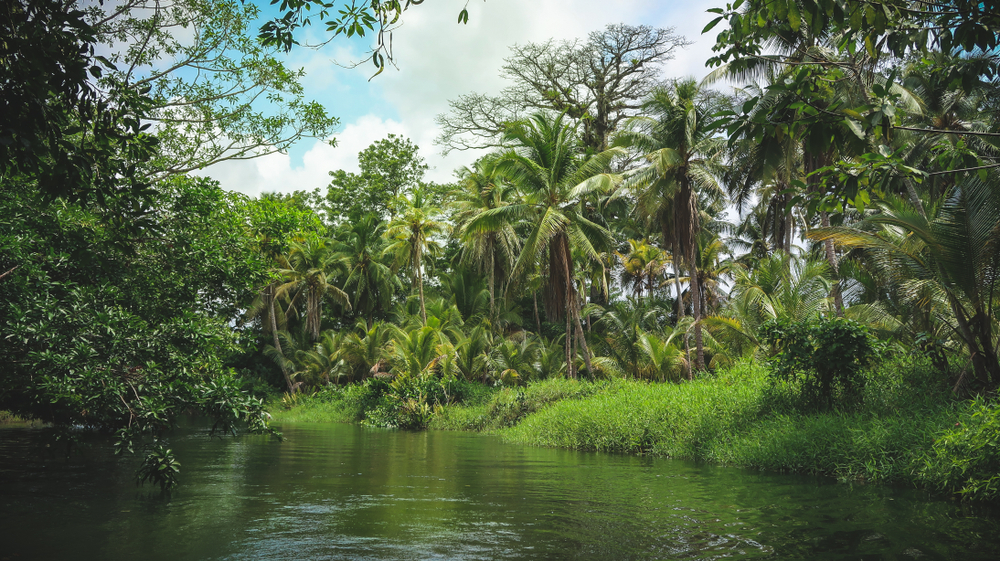Sarigua Overview
Sarigua National Park, known locally as Parque Nacional Sarigua, is a unique protected area in Panama, located in the Herrera Province on the Azuero Peninsula.
Covering approximately 21 square miles (55 square kilometers), this park is renowned for its strikingly arid landscape, a rare sight in a country known for its lush rainforests. Despite its desert-like appearance, Sarigua is not a true desert but rather a zone of extreme soil degradation caused by deforestation and agricultural practices over thousands of years.
This transformation has created a fascinating environment where visitors can observe an ecosystem adapted to harsh conditions, starkly contrasting with Panama’s more typical tropical landscapes.
The terrain of Sarigua National Park is characterized by vast expanses of barren land, salt flats, and patches of dry scrub. Red and ochre tones dominate the soil, creating an almost Martian-like landscape. However, small pockets of vegetation persist, including hardy shrubs, cacti, and scattered trees that have adapted to the extreme conditions.
The coastal section of the park contains mangroves, which provide a crucial habitat for marine and bird life. The contrast between the arid interior and the coastal mangroves makes Sarigua a visually striking and ecologically diverse location.
Wildlife in Sarigua is uniquely adapted to its harsh environment. While large mammals are less common due to the lack of dense forest cover, several species have managed to survive in this extreme climate. Reptiles such as iguanas and snakes are commonly seen, as well as small rodents and fox-like mammals that scavenge for food.
The park is particularly known for its birdlife, with species such as the crested caracara, turkey vulture, and various types of herons frequently spotted. The mangrove areas provide a haven for shorebirds and migratory species, making Sarigua an excellent destination for birdwatchers.
One of the most intriguing features of Sarigua National Park is its archaeological significance. The region was once home to one of Panama’s earliest pre-Columbian civilizations, with evidence of human activity dating back over 11,000 years.
Pottery shards, tools, and remnants of ancient settlements can still be found in the area, providing insight into the lives of early inhabitants who adapted to this challenging environment. Visitors interested in history can explore these remnants and gain a deeper understanding of Panama’s rich cultural heritage.
The best ways to experience Sarigua National Park include hiking and guided tours. The stark, open landscape makes it easy to explore on foot, and there are designated trails that lead visitors through the most interesting sections of the park.
Given the extreme heat and lack of shade, it is advisable to visit early in the morning or late in the afternoon and to bring plenty of water. Photography enthusiasts will find endless opportunities to capture the park’s dramatic scenery, especially during sunrise and sunset when the colors of the terrain are most vibrant.
Despite its ecological challenges, Sarigua National Park serves as a crucial site for conservation and research. Efforts have been made to restore some of the degraded areas through reforestation projects and sustainable land management practices.
Though the land remains heavily impacted, the park functions as an important reminder of the consequences of deforestation and poor land use. Scientists and conservationists continue to study the area to develop strategies for mitigating desertification and protecting the unique flora and fauna that have adapted to this unusual environment.








































































